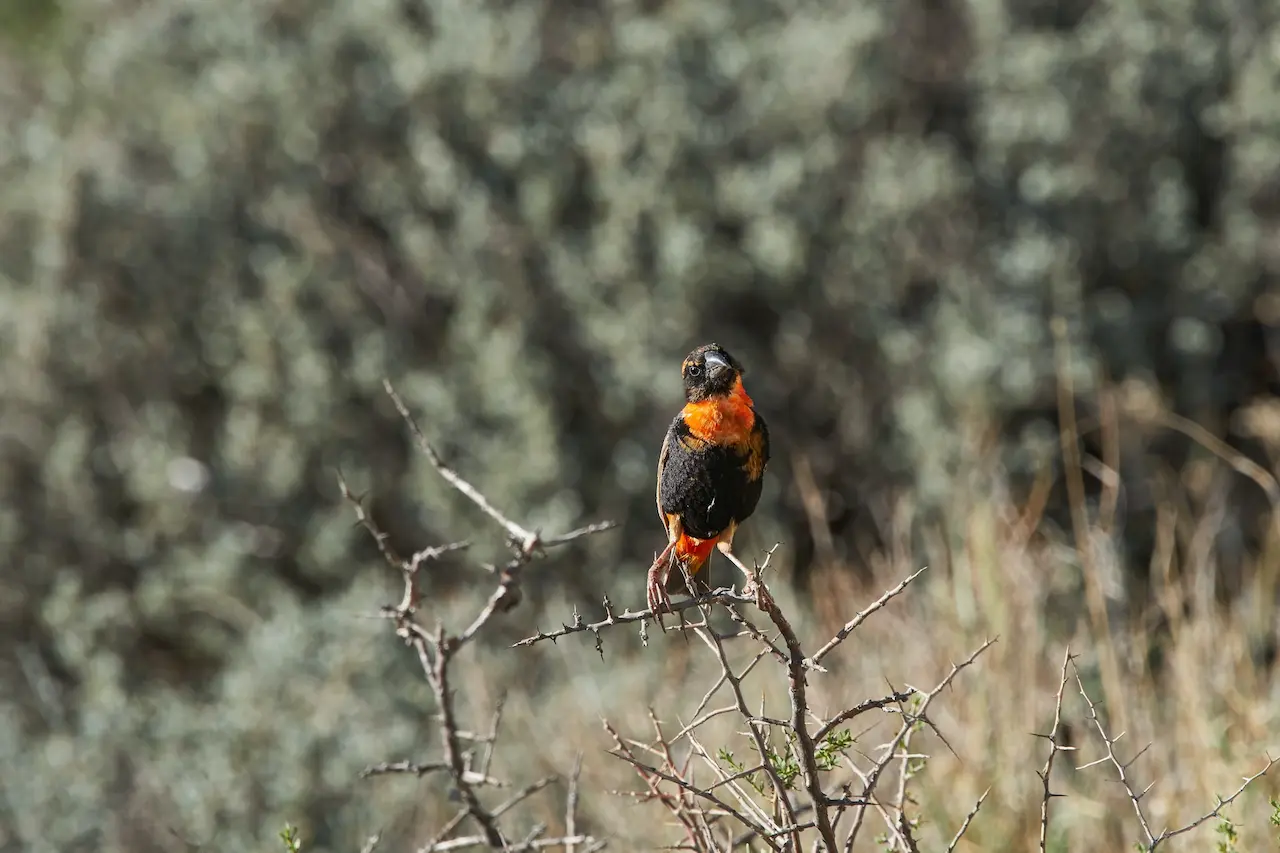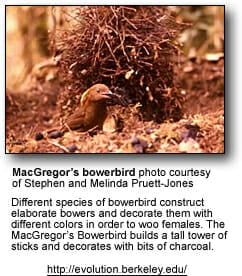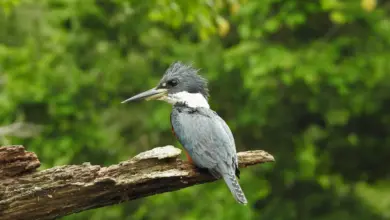Western Spinebills
The Western Spinebill, Acanthorhynchus superciliosus, is a honeyeater found in the heath and woodland of southwestern Western Australia.
Description:
It is around 14 cm or 5.5 inches long (including tail) and weighs around 10 g or 0.35 oz.
It has a black head, gray back, and wings, with a red band behind its neck and from its throat to its breast. There are white banks behind its bill and its eyes. It has a long slender curved bill.
Call / Vocalization:
Its contact call is a rapid high-pitched whistle, but when feeding it has a quieter whistle.
Diet / Feeding:
Like other honeyeaters, the Western Spinebill feeds on nectar. It tends to obtain its nectar from lower shrubs than most other honeyeaters, including Banksia, Dryandra, Grevillea, Adenanthos, and Verticordia.
It also feeds from trees of Banksia and Eucalyptus, and from herbs such as Anigozanthos. In addition to nectar, it feeds on insects that it captures in the air or on plants.
Breeding / Nesting:
It breeds from September to January, in a nest made from bark, plant stems, down, and spider web. It lays one or two eggs per season, and usually the female incubates them.





